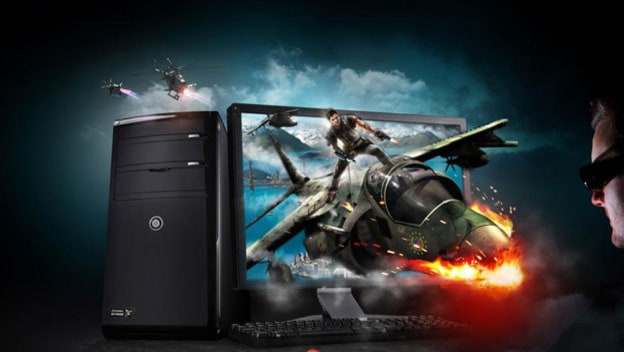It’s no surprise to see frequent talk of the nuts and bolts of next-generation consoles given the enormous gap in raw power that the PlayStation 4 and Xbox One are slated to usher in. The newly adopted x86 architecture of both systems can only bring familiarity to the software development process after the alien systems of the current generation—such as the PlayStation 3’s CELL processor—and we’re seeing a continued emphasis on multitasking and utilizing cloud computing on both sides. Despite these and a wealth of other factors, the prevailing deduction is that the Xbox One will be ever so slightly behind the PS4 in terms of raw computational power, which is often cited as a potential downfall for Microsoft’s next-gen system. Although this is a fairly safe assumption, it’s also fairly irrelevant when gauging the success of the two.
Of course, the true issues here aren’t clock speeds and RAM latency. The chief concern with disparate hardware is what potential weakness implicates on the experience side of things. Will load times be significantly longer on system X than system Y? What can I expect from multiplatform releases on this system? Will my system’s exclusives be as jaw-droppingly beautiful as system Y’s? These and more comprise the underlying questions of ranking hardware. Luckily, they’re also utterly moot in the case of the PS4 and Xbox One.
Although the respective unveilings of the two systems—most notably Mark Cerny’s “no holds barred PlayStation 4 hardware expose” via Gamasutra —have revealed some shortcomings between the PS4 and XOne, there’s no real cause for alarm. No matter which system takes the inglorious spot of “lowest common denominator,” next-gen development won’t be impacted to any great extent, nor will market shareholdings.
The fact of the matter is that hardware statistics have played a minor role in the promotion of the two systems, and they were undoubtedly even less important to most gamers when deciding on a next-gen system. The multitude of PR stunts that the next-gen race brought with it have proven far more influential, which is to say nothing of the importance of software lineups. The slight overclock of the Xbox One’s GPU pales in comparison to Microsoft’s decision to backpedal on many of their more divisive policies. The same can be said for the PlayStation 4’s unified pool of GDDR5 RAM versus Sony’s impressive indie and first-party release schedule. Even something as simple as pricing holds greater weight in Sony and Microsoft’s little game.
Very few consumers will be swayed solely by hardware prowess. As GameZone points out , the same can be said for the PlayStation 3 and Xbox 360, whose hardware differences have only recently begun to influence release quality a la The Last of Us . If it were truly as simple as touting higher numbers than your opponent in order to win the public’s support, the Wii U wouldn’t have sold a single unit and everyone would have jumped to the PC side of things generations ago. In addition, as the Xbox One’s recent upgrade shows, next-generation hardware is far from set in stone. There are roughly four months of tweaking, optimizing, and revisiting to be done before the impending holiday launch of the PS4 and Xbox One.

Raw visual fidelity has all but plateaued (for the time being), the core system architectures of the PS4 and Xbox One are all but identical, and there’s plenty of room for variance in the smaller details. The power of the PlayStation 3 didn’t win the current-gen race, nor will the Xbox One’s alleged faults result in it failing. So stop nitpicking.
